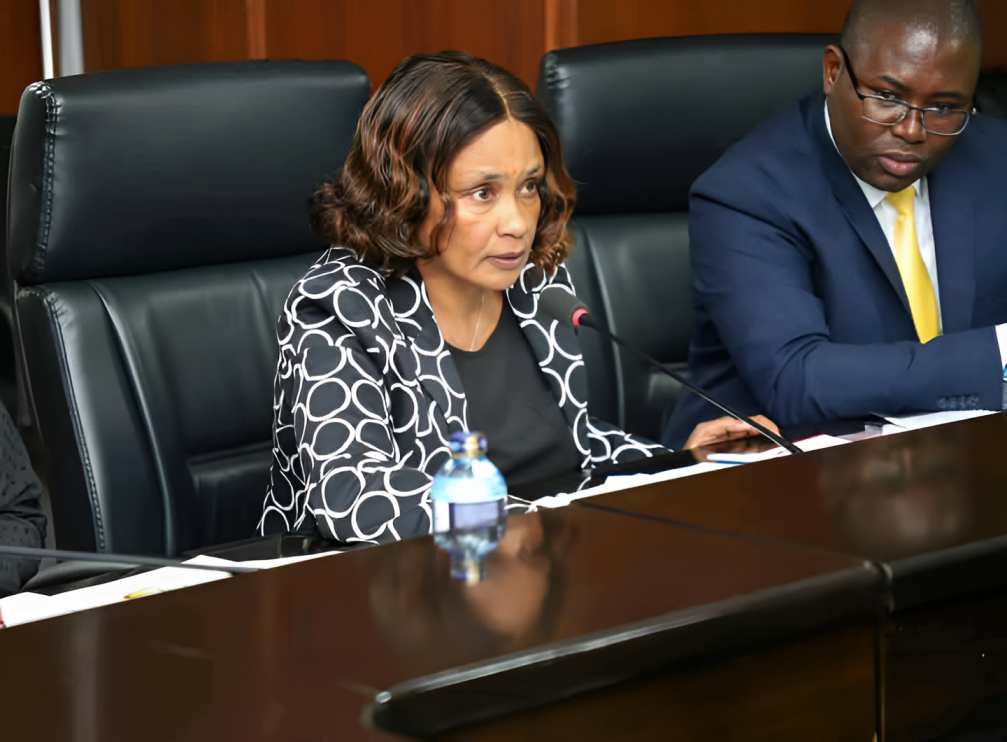The Teachers Service Commission (TSC) has unveiled a proposed administrative framework designed to end the leadership standoff between primary school heads and junior school teachers.
The new arrangement, if implemented, will place comprehensive schools under the leadership of a principal supported by two deputies—one responsible for the primary section and the other for the junior school.
TSC Director of Staffing Antonina Lentoijoni shared the proposal while responding to senators’ questions during a meeting in Mombasa. She, however, noted that the changes can only take effect once the law is amended to recognise comprehensive schools.
“We actually have a challenge there. Even our junior school teachers do not respect the heads, especially when they know that they are P1-trained teachers. But this is a transitional period. Before the laws are enacted to recognise comprehensive schools, the primary school head teachers are still in charge of the junior school,” she said.
She was addressing Senate Education Committee vice chairperson Prof Margaret Kamar, who had sought clarification on how the TSC was handling conflicts between the two groups of teachers.
“Until that happens, our head teachers are helping us, and they have guidelines on how to handle the situation. But at the moment, they are assisting us with junior school matters,” she added.
Since junior schools were integrated into primary schools in 2023, the institutions have been referred to as comprehensive schools, with the head teacher serving as the principal. However, this arrangement has triggered discontent among teachers.
The Kenya Union of Post-Primary Education Teachers (Kuppet) and the Kenya Association of Junior School Teachers (KAJST) have been pushing for autonomy from primary school heads, claiming that the current set-up stifles their growth and professionalism.
On Saturday, Kuppet Secretary-General Akello Misori faced hostility during a meeting at State House with President William Ruto after suggesting that junior schools be housed in secondary schools.
Lentoijoni disclosed that TSC is reviewing staffing norms in line with the recommendations of the Presidential Working Party on Education Reforms.
“Two to three weeks ago, we received the guidelines on the rationalisation of senior schools, and last year we received the same for junior schools, due to reforms implemented by the Education Taskforce. The review is necessary because of these reforms,” she said.
She explained that the review will help determine the exact number of teachers required in junior schools, noting that the commission currently applies secondary school staffing guidelines.
“That is what has resulted in a shortage of 72,442 teachers in junior schools. We have now received all the guidelines from the Ministry of Education, which will enable us to determine the exact numbers,” she stated.
Although comprehensive schools are yet to be recognised in law, the Ministry of Education has already prepared Bills pending before the National Assembly.
Lentoijoni stressed that junior school teachers must meet the qualifications for secondary school teaching, including a minimum mean grade of C+ in KCSE and at least a C+ in two teaching subjects. She confirmed that the 14,000 primary school teachers recently deployed to junior schools met these requirements.
TSC acting CEO Eveleen Mitei said the redeployment was necessary due to a surplus of tutors in primary schools.
“That is why we allowed qualified primary school teachers to move to junior schools. There is no shortage of teachers in primary schools other than those who leave and are replaced. There is a bit of stability at primary level,” said Mitei.
During the State House meeting, President Ruto instructed Education Cabinet Secretary Julius Ogamba to speed up the pending Bills to address challenges in implementing the competency-based curriculum.

